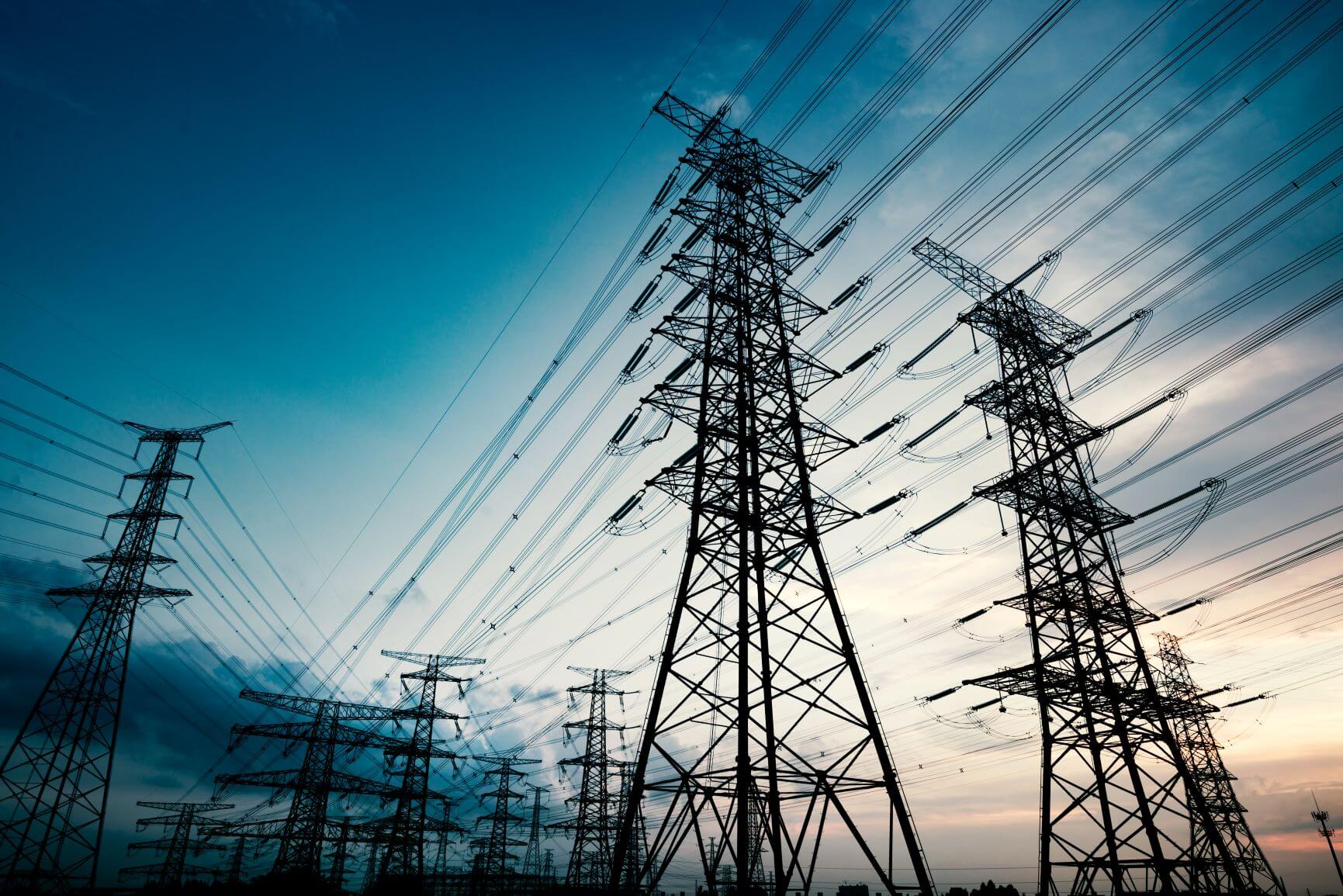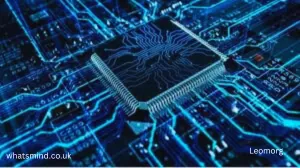The Impact of Digitalization on Power Distribution Networks
In the modern era, the digital transformation of power distribution networks is revolutionizing the way electricity is generated, distributed, and consumed. Digitalization encompasses the integration of advanced technologies such as the Internet of Things (IoT), artificial intelligence (AI), big data analytics, and smart grid technologies into the power distribution infrastructure. This transformation is not only enhancing the efficiency and reliability of power networks but also paving the way for a more sustainable and resilient energy future. This article explores the various aspects of digitalization in power distribution networks, highlighting its impact, benefits, and future trends.
The Evolution of Power Distribution Networks
Traditionally, power distribution networks were designed as one-way systems where electricity flowed from centralized power plants to consumers. These networks were characterized by limited real-time monitoring and control capabilities, leading to inefficiencies and challenges in fault detection and response. However, with the advent of digital technologies, power distribution networks are evolving into dynamic, two-way systems capable of real-time data exchange and sophisticated management.
Key Drivers of Digitalization
Several factors are driving the digitalization of power distribution networks:
- Growing Demand for Electricity: The increasing global demand for electricity necessitates more efficient and reliable power distribution systems.
- Integration of Renewable Energy Sources: The integration of variable renewable energy sources, such as solar and wind, requires advanced technologies to manage their intermittent nature and ensure grid stability.
- Advancements in Technology: Rapid advancements in IoT, AI, and big data analytics are providing new opportunities for enhancing the capabilities of power distribution networks.
- Regulatory and Environmental Pressures: Regulatory mandates and environmental concerns are pushing utilities to adopt cleaner and more efficient energy practices, which digitalization can facilitate.
The Impact of Digitalization on Power Distribution Networks
Digitalization is transforming power distribution networks in numerous ways, leading to enhanced performance, improved reliability, and greater sustainability.
- Enhanced Grid Management: Digital technologies enable real-time monitoring and control of power distribution networks. IoT sensors and smart meters provide continuous data on electricity usage, grid conditions, and equipment performance. This data allows utilities to optimize grid operations, manage load more effectively, and respond swiftly to faults and outages.
- Improved Reliability and Resilience: The ability to monitor and analyze grid data in real-time enhances the reliability and resilience of power distribution networks. Predictive analytics and AI algorithms can identify potential faults before they occur, enabling proactive maintenance and reducing the likelihood of unexpected outages. In the event of a disruption, digital systems can quickly isolate the affected area and restore power, minimizing downtime.
- Integration of Renewable Energy: Digitalization facilitates the integration of renewable energy sources into the power grid. Advanced control systems and energy management platforms can balance supply and demand by adjusting generation and consumption in real-time. This ensures a stable and reliable power supply even with the variable nature of renewables.
- Energy Efficiency and Demand Response: Digital technologies enable more efficient energy use and demand response programs. Smart meters and home energy management systems provide consumers with real-time information on their energy usage, encouraging energy-saving behaviors. Utilities can also implement demand response programs, where consumers are incentivized to reduce their consumption during peak demand periods, helping to balance the grid and reduce strain on the system.
- Decentralization and Microgrids: The digitalization of power distribution networks supports the development of decentralized energy systems and microgrids. Microgrids are localized grids that can operate independently or in conjunction with the main grid. They enhance grid resilience by providing backup power during outages and enabling the integration of distributed energy resources such as solar panels and energy storage systems.
What is Switchgear?
Switchgear is a critical component of electrical power systems, responsible for controlling, protecting, and isolating electrical equipment. It includes various devices such as circuit breakers, fuses, and protective relays that manage the flow of electricity and ensure the safe operation of the power grid. In the context of digitalized power distribution networks, smart switchgear with integrated monitoring and control capabilities plays a vital role in enhancing grid reliability and efficiency.
Case Studies: Digitalization in Action
Several utilities and regions have successfully implemented digitalization initiatives in their power distribution networks, demonstrating the significant benefits of these technologies.
- Enel’s Digital Transformation: Enel, a multinational energy company, has been at the forefront of digitalizing its power distribution networks. By deploying smart meters, IoT sensors, and advanced analytics platforms, Enel has improved grid reliability, reduced outage times, and enhanced energy efficiency. The company’s digital initiatives have also facilitated the integration of renewable energy sources, supporting its commitment to sustainability.
- Singapore’s Smart Grid: Singapore has developed one of the world’s most advanced smart grids through its Smart Nation initiative. The country’s power grid features extensive digital infrastructure, including smart meters, IoT devices, and a robust data analytics platform. These technologies enable real-time monitoring and control, improving grid stability and efficiency. Singapore’s smart grid also supports innovative demand response programs, allowing consumers to play an active role in energy management.
- The Brooklyn Microgrid: The Brooklyn Microgrid in New York City is an example of a community-based microgrid that leverages digital technologies for energy management. The microgrid connects local solar panels and energy storage systems, enabling peer-to-peer energy trading and enhancing grid resilience. Digital platforms facilitate real-time monitoring and control, ensuring a stable and reliable power supply for the community.
Future Trends in Digitalized Power Distribution Networks
The future of power distribution networks lies in further digitalization and the adoption of emerging technologies. Several trends are expected to shape the landscape of digitalized power distribution networks in the coming years:
- Advanced Data Analytics and AI: The use of advanced data analytics and AI will continue to grow, enabling more sophisticated grid management and predictive maintenance. AI algorithms will enhance fault detection, optimize energy distribution, and support the integration of renewable energy sources.
- Blockchain Technology: Blockchain technology has the potential to revolutionize energy transactions and grid management. Blockchain can facilitate secure and transparent peer-to-peer energy trading, enabling consumers to buy and sell electricity directly. It can also enhance the security and integrity of grid operations by providing tamper-proof records of transactions and events.
- 5G Connectivity: The deployment of 5G networks will significantly enhance the capabilities of digitalized power distribution networks. 5G’s high-speed, low-latency connectivity will support real-time data exchange and enable more responsive grid management. It will also facilitate the proliferation of IoT devices and sensors, providing more granular data for analysis and decision-making.
- Energy Storage Integration: The integration of energy storage systems, such as batteries, will play a crucial role in digitalized power distribution networks. Energy storage can buffer the variability of renewable energy sources, store excess generation, and provide backup power during outages. Digital technologies will optimize the use of energy storage, enhancing grid stability and efficiency.
- Cybersecurity: As power distribution networks become more digitalized, the importance of cybersecurity will increase. Protecting these critical infrastructures from cyber threats is essential to ensure their reliability and safety. Advanced cybersecurity measures, such as encryption, intrusion detection systems, and AI-driven threat detection, will be integral to future digitalized power grids.
Conclusion
The digitalization of power distribution networks is transforming the way electricity is managed and consumed. By leveraging advanced technologies such as IoT, AI, big data analytics, and smart grid systems, utilities can enhance grid reliability, efficiency, and sustainability. These innovations enable real-time monitoring and control, facilitate the integration of renewable energy sources, and support the development of decentralized energy systems.
As digitalization continues to advance, the power distribution networks of the future will be more resilient, adaptive, and intelligent. Emerging technologies such as blockchain, 5G, and advanced cybersecurity measures will further enhance the capabilities of digitalized grids. By embracing these innovations, utilities can meet the growing demand for electricity, reduce environmental impact, and ensure a reliable and sustainable energy supply for the future.









Post Comment